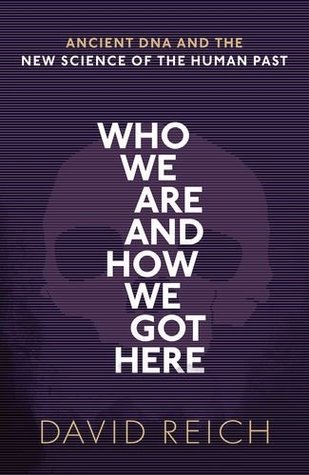More on this book
Community
Kindle Notes & Highlights
by
David Reich
Read between
December 24, 2018 - January 28, 2019
Ten generations back, for example, the number of ancestral stretches of DNA is around 757 but the number of ancestors is 1,024, guaranteeing that each person has several hundred ancestors from whom he or she has received no DNA whatsoever. Twenty generations in the past, the number of ancestors is almost a thousand times greater than the number of ancestral stretches of DNA in a person’s genome, so it is a certainty that each person has not inherited any DNA from the great majority of his or her actual ancestors.
Gabe G. liked this
Thus, even if it is true that increases in the frequency of mutations were important in allowing modern humans to match their biology to new conditions during the Upper Paleolithic and Later Stone Age transition, what we now know about the nature of natural selection in humans and about the genetic encoding of many biological traits means it is unlikely that the first occurrence of these mutations triggered the great changes that followed. If we search for answers in a small number of mutations that arose shortly before the time of the Upper Paleolithic and Later Stone Age transitions, we are
...more
Chinese and Australians derive almost all their ancestry from a homogeneous population whose ancestors separated earlier from the ancestors of Europeans.
Most of today’s populations are not exclusive descendants of the populations that lived in the same locations ten thousand years ago.
The product of this effort will be an ancient DNA atlas of humanity, sampled densely through time and space. This will be a resource that I think will rival the first maps of the globe made between the fifteenth and nineteenth centuries in terms of its contribution to human knowledge.


